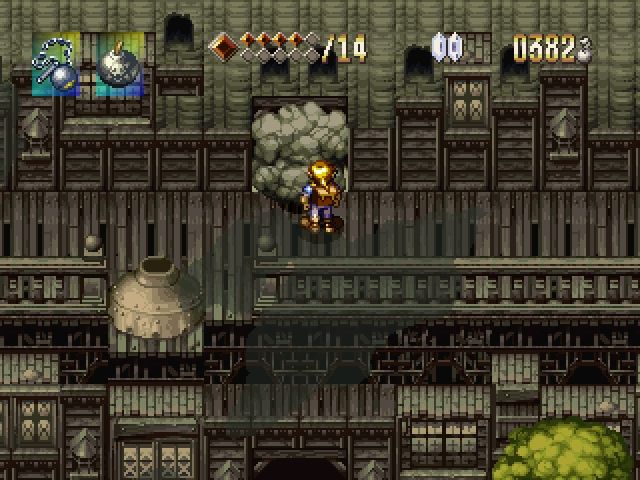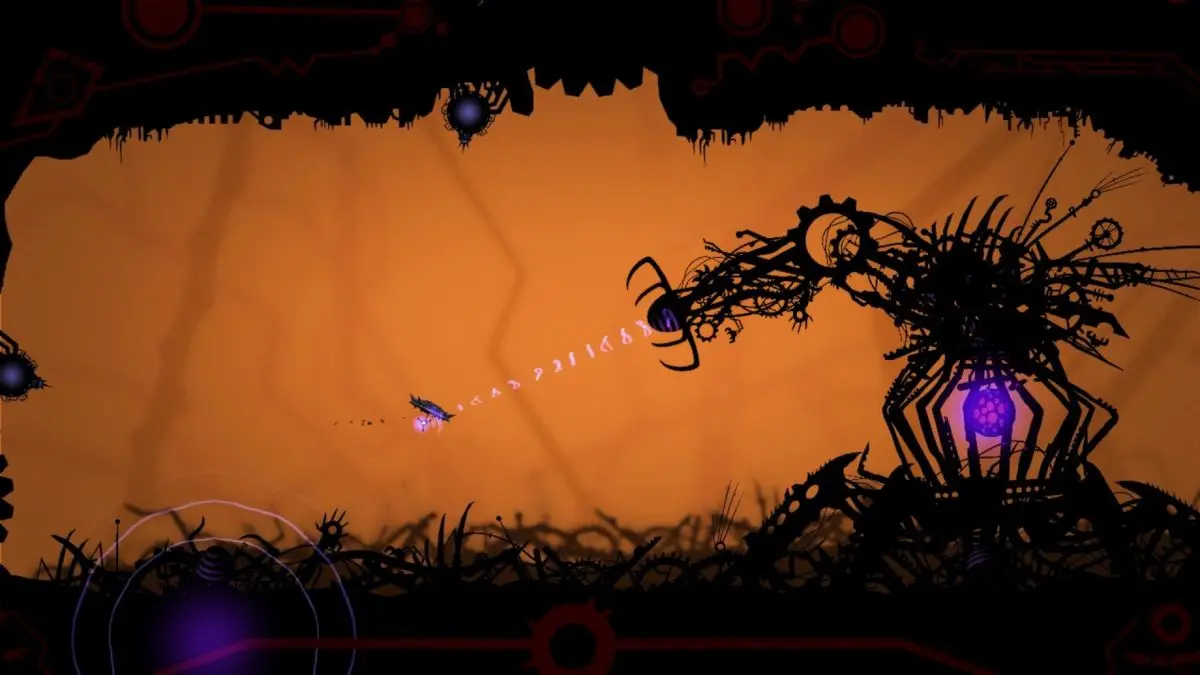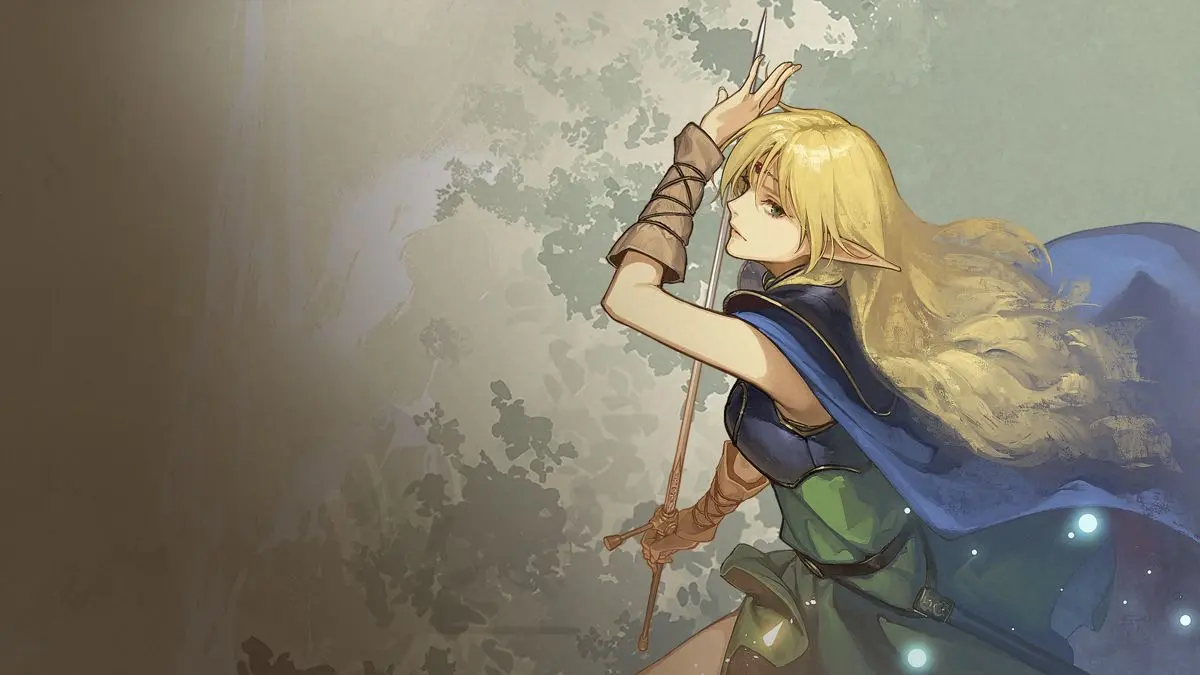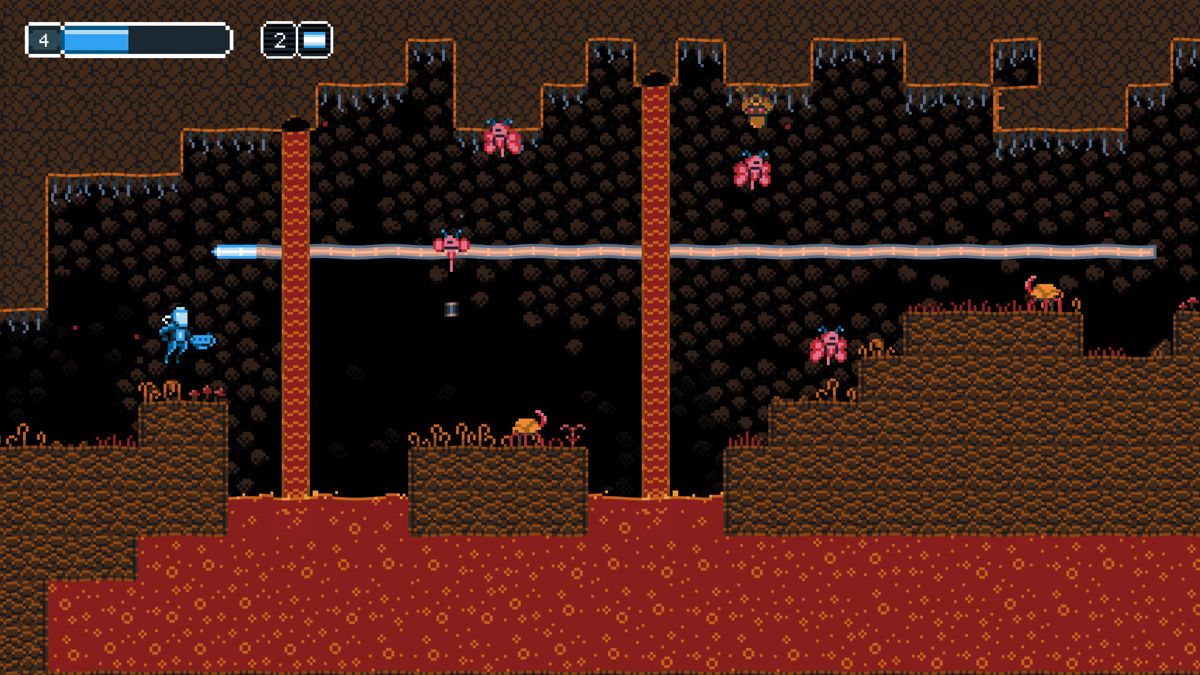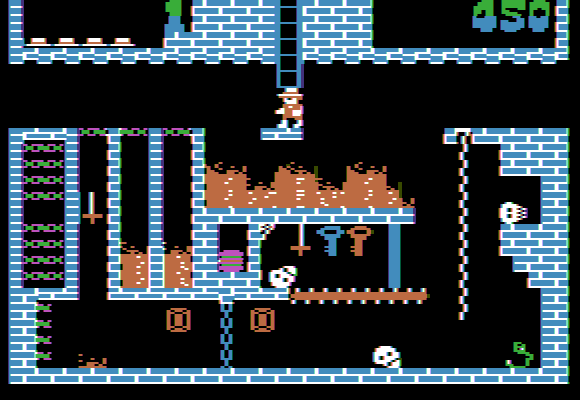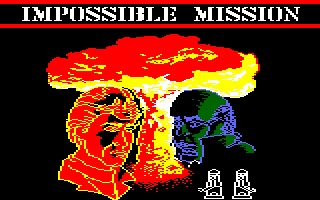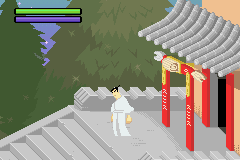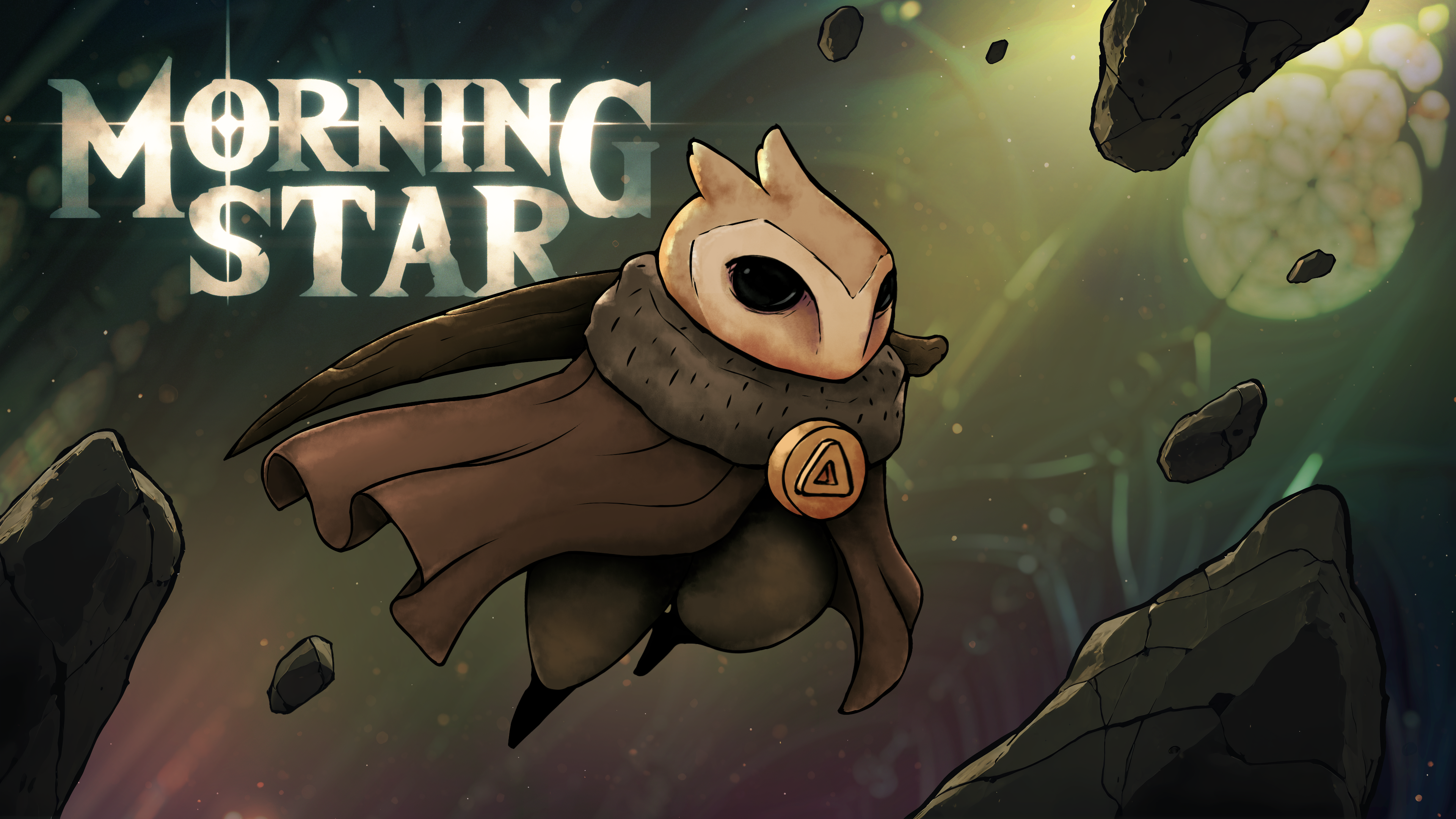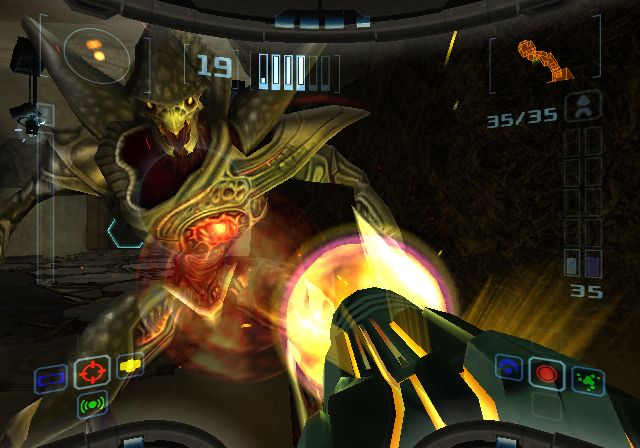Results
Alundra
fantasy, challenging, environmental puzzles
Alundra is a critically acclaimed action-adventure RPG developed by Matrix Software and published by Working Designs for the PlayStation in 1997. Often compared to The Legend of Zelda series, Alundra stands out for its darker, more mature narrative and challenging puzzle design. The game follows the titular protagonist Alundra, a young elf with the ability to enter people's dreams. He arrives in the village of Inoa, which is plagued by deadly nightmares. The story takes a grim turn as villagers begin dying in their sleep, and Alundra must use his dream-walking abilities to save them and uncover the source of the evil. Key features that set Alundra apart in its genre include: 1. Complex, often brutally difficult puzzles that require precise timing and execution. 2. A darker, more mature storyline dealing with themes of death, fate, and religion. 3. Smooth, fast-paced combat with a variety of weapons and magic. 4. Detailed 2D sprite work and environments, with some pseudо-3D elements. 5. A memorable soundtrack composed by Kohei Tanaka. The game's difficulty, particularly in its puzzles and boss fights, is notably higher than many of its contemporaries. Its dream-exploration mechanic adds a unique twist to the typical dungeon-crawling formula. Alundra received high praise for its storytelling, level design, and challenge, cementing its place as a cult classic in the action-RPG genre.
Adventure Time: Hey Ice King! Why'd You Steal Our Garbage?
fantasy, environmental puzzles, bright visuals
"Adventure Time: Hey Ice King! Why'd You Steal Our Garbage?" is a 3D platformer game developed by WayForward Technologies and published by D3Publisher for the Nintendo 3DS and Nintendo DS in 2012. The game is based on the popular Cartoon Network animated series "Adventure Time." The game's story follows the antics of the Ice King, who has stolen various items from the Land of Ooo, including garbage from the Tree Fort belonging to Finn and Jake. As Finn and Jake, players must navigate through various levels and environments, collecting the stolen items and battling against the Ice King's minions. One unique aspect of the game is its use of the 3DS and DS's dual-screen functionality. The top screen displays the main gameplay action, while the bottom screen serves as a map and inventory screen. Players can also use the touch screen to interact with certain objects and puzzles. The game features a mix of platforming, puzzle-solving, and combat mechanics. Players can use Finn's sword and Jake's stretchy powers to overcome obstacles and defeat enemies. The game also incorporates elements of exploration, as players can uncover hidden areas and collectibles throughout the levels. "Hey Ice King! Why'd You Steal Our Garbage?" features a distinctive art style that faithfully captures the quirky and whimsical aesthetic of the "Adventure Time" show. The game's levels are based on various locations from the series, such as the Candy Kingdom, the Ice Kingdom, and the Land of the Dead. While the game received generally positive reviews for its faithful adaptation of the source material and its charming visual style, some critiques noted that the gameplay mechanics could be repetitive at times and that the overall experience was relatively short. Overall, "Adventure Time: Hey Ice King! Why'd You Steal Our Garbage?" is a solid tie-in game that captures the essence of the beloved animated series, offering fans a chance to experience the Land of Ooo in an interactive and engaging way.
Insanely Twisted Shadow Planet
environmental puzzles, sci-fi, pixel art
Insanely Twisted Shadow Planet is a modern take on the classic shoot 'em up genre, developed by FuzzyEyes and published by Microsoft Studios. While it may appear simplistic at first glance, this game offers a unique and immersive experience that sets it apart from its contemporaries. One of the standout features of Insanely Twisted Shadow Planet is its distinctive art style. The game world is presented in a striking silhouette aesthetic, with intricate backdrops and enemy designs that are both visually stunning and unsettling. This approach creates a sense of mystery and foreboding, adding depth to the gameplay experience. Gameplay mechanics in Insanely Twisted Shadow Planet are not limited to traditional shoot 'em up elements. Players must navigate through intricate, maze-like levels, solving environmental puzzles and utilizing various power-ups and abilities to progress. This introduces a layer of exploration and problem-solving that complements the action sequences. One notable aspect of the game is its emphasis on narrative and storytelling. While the plot is conveyed through minimal text and visual cues, it manages to captivate players with its enigmatic and atmospheric presentation. The game's world is rich with details and lore, inviting players to uncover its secrets and piece together the underlying story. Insanely Twisted Shadow Planet also features a dynamic and reactive soundtrack that evolves alongside the gameplay. The music, composed by Steve Burke, adds an extra layer of tension and intrigue, seamlessly blending with the visuals to create an immersive and atmospheric experience. Overall, Insanely Twisted Shadow Planet offers a refreshing take on the shoot 'em up genre, combining engaging gameplay mechanics with a distinct visual style and a compelling narrative. Its attention to detail and innovative design elements make it a standout title for fans of the genre seeking a unique and memorable experience.
Record of Lodoss War: Deedlit in Wonder Labyrinth
environmental puzzles, pixel art, hidden areas
Record of Lodoss War: Deedlit in Wonder Labyrinth is a 2D side-scrolling action platformer developed by Team Lidra and published by Playism in 2021. It's a spin-off game set in the iconic fantasy world of Record of Lodoss War, a popular Japanese light novel, anime, and video game series. The game's narrative focuses on the legendary elf, Deedlit, as she finds herself trapped within a mystical labyrinth filled with enigmatic puzzles and formidable foes. The game's visuals pay homage to the classic Record of Lodoss War aesthetic, with detailed sprite work and vibrant pixel art capturing the fantasy world's charm. The soundtrack, composed by Kenji Ito, who worked on the original Lodoss War anime, adds an atmospheric and nostalgic touch to the experience.
Escape from Thethys
sci-fi, pixel art, challenging
Escape from Thethys is a 2D metroidvania-style action-platformer released in 2018. The game is set on the underwater moon Thethys, where the player takes control of a deep-sea diver trying to escape a mysterious underwater facility. Key features of the game include: 1. Procedurally generated levels: While the overall structure of the game world remains consistent, the specific layouts of rooms and placement of items change with each playthrough, enhancing replayability. 2. Unique weapon system: The player's primary weapon is a harpoon gun that can be upgraded and modified throughout the game, allowing for various combat strategies and puzzle-solving approaches. 3. Environmental hazards: The underwater setting introduces challenges like pressure management and oxygen conservation, adding an extra layer of complexity to exploration. 4. Boss battles: The game features large-scale encounters with mutated sea creatures and advanced security systems. 5. Multiple endings: The player's choices and actions throughout the game can influence the final outcome, encouraging multiple playthroughs. 6. Retro-inspired visuals: The game uses a pixel art style reminiscent of 16-bit era games, but with modern lighting and particle effects to enhance the underwater atmosphere. 7. Nonlinear progression: While there is a main story path, players can often tackle areas in different orders, discovering alternate routes and secrets. 8. Limited resources: The game emphasizes resource management, with scarce ammunition and health pickups encouraging careful play. Escape from Thethys stands out in the metroidvania genre for its unique setting and the way it incorporates underwater survival elements into the traditional exploration and upgrade-based gameplay.
Montezuma's Revenge
challenging, environmental puzzles, labyrinthine
Montezuma's Revenge, released in 1984 for various platforms, is a notoriously challenging and unforgiving platformer that stands out for its intricate level design and punishing gameplay mechanics. Unlike many contemporaneous platformers that focused on linear progression, Montezuma's Revenge features a non-linear, maze-like structure with interconnected rooms and multiple paths to explore. Each level is a labyrinth filled with deadly obstacles, treacherous traps, and navigational puzzles that require precise timing and meticulous planning. The game's difficulty stems from its strict resource management system. Players must carefully manage their limited supply of keys, which are required to unlock doors and access new areas, as well as their stock of torches, which serve as both a light source and a weapon against enemies. Running out of either resource can lead to an untimely demise, forcing players to restart the level from the beginning. Another unique aspect of Montezuma's Revenge is its scoring system, which heavily incentivizes exploration and risk-taking. Players earn points not only for collecting treasures but also for performing daring feats, such as jumping over deadly pits or navigating through treacherous rooms filled with hazards. This encourages players to take calculated risks and thoroughly explore every nook and cranny of each level, adding an extra layer of challenge and replayability. Despite its age, Montezuma's Revenge remains a revered classic among hardcore platformer fans, praised for its uncompromising difficulty, intricate level design, and the sense of accomplishment that comes with mastering its demanding gameplay mechanics.
Impossible Mission
environmental puzzles, sci-fi, challenging
Impossible Mission, released in 1984 for various home computer platforms, was a groundbreaking game that combined elements of platforming, puzzle-solving, and stealth gameplay. Developed by Dennis Casswell and published by Epyx, it stood out for its innovative blend of genres and its distinctive visual style. The game's premise revolved around a secret agent tasked with infiltrating a highly secure underground complex to prevent a renegade artificial intelligence from launching a series of nuclear missiles. The player had to navigate through a maze-like series of rooms, each with its own unique challenges and obstacles. Puzzle elements played a significant role in Impossible Mission, as players had to solve various logic puzzles and manipulate objects to progress through the levels. This included tasks such as rearranging tiles, navigating mazes, and deciphering codes. The game has a notable randomization element, though it lacks ability gating, one of the staples of a metroidvania game. Stealth mechanics were also a crucial aspect of the gameplay. Players had to avoid patrolling robots and security systems, often by carefully timing their movements or using distractions. Getting caught or making too much noise would trigger alarms and potentially lead to a game over. The game's difficulty level was notoriously high, with intricate puzzles and unforgiving gameplay mechanics that challenged even experienced players. The limited time limit and the necessity to conserve resources added to the tension and strategic depth. Despite its age, Impossible Mission is still regarded as a classic in the annals of gaming history, praised for its innovative design, challenging gameplay, and unique visual style. Its influence can be seen in many modern games that blend multiple genres and incorporate puzzle-solving elements.
Samurai Jack: The Amulet of Time
fantasy, pixel art, post-apocalyptic
Samurai Jack: The Amulet of Time for the Game Boy Advance was a side-scrolling action-adventure platformer based on the acclaimed Cartoon Network animated series. While adhering to the show's distinct visual style and overall aesthetic, the game offered a unique storyline that served as an extension of the series' narrative. One of the standout features was the game's implementation of time travel mechanics. Players could manipulate the flow of time, allowing Jack to traverse between different eras, each with its own distinct environmental hazards and enemy types. This added a layer of complexity to the gameplay, as players had to adapt their strategies and combat techniques to suit the specific time period. The combat system was relatively straightforward but offered a satisfying level of depth. Jack could perform various combos and special attacks, drawing inspiration from his signature sword-fighting style in the show. Additionally, the game incorporated light puzzle-solving elements, often requiring players to manipulate objects or interact with the environment in specific ways to progress. While the game followed a linear progression, it featured multiple paths and secrets that encouraged exploration. Uncovering these hidden areas and collectibles not only rewarded players with power-ups and upgrades but also provided additional insights into the game's lore and backstory. Notably, the game's soundtrack was a highlight, capturing the essence of the show's iconic music and adding to the overall immersive experience. The sound design and voice acting were also commendable, with the original voice cast reprising their roles, further enhancing the game's authenticity. Overall, Samurai Jack: The Amulet of Time was a faithful adaptation that successfully translated the beloved animated series into an engaging and challenging handheld gaming experience, catering to both fans of the show and action-platformer enthusiasts alike.
Morning Star
wall jump, challenging, collectibles
Morning Star is an atmospheric Metroidvania that plunges you into a mysterious world filled with both haunting darkness and breathtaking beauty. As a cloaked figure with no memory of your past, you wield a powerful weapon and embark on a journey through a vast, interconnected realm. Along the way, you'll uncover secrets, confront terrifying creatures, and piece together a story that forces you to question your identity.h
Metroid Prime 2: Echoes
shooter, sci-fi, challenging
Metroid Prime 2: Echoes, released in 2004 for the Nintendo GameCube, is a first-person adventure game that builds upon its predecessor while introducing several unique elements: 1. Dual-world mechanics: The game features Light and Dark versions of the planet Aether, with players switching between dimensions to solve puzzles and progress. 2. Beam system: Unlike the first Metroid Prime, beams don't stack. Instead, players must switch between four distinct beams (Power, Dark, Light, and Annihilator) for combat and puzzle-solving. 3. Ammunition: Dark and Light beams use limited ammo, adding a resource management aspect to combat. 4. Enhanced scanning: The scan visor now includes a zoom function for distant objects and provides more lore through Luminoth and Space Pirate logs. 5. Increased difficulty: Generally considered more challenging than its predecessor, with tougher bosses and environmental hazards. 6. Multiplayer mode: A first for the series, featuring deathmatch-style combat for up to four players. 7. Dark Samus: Introduces a new antagonist, a corrupted Phazon-based doppelganger of Samus. 8. Suits: Features the Dark Suit and Light Suit, which provide protection against dimensional hazards. 9. New abilities: Introduces the Screw Attack, Sonic Boom, and Echo Visor. 10. Atmosphere: Emphasizes isolation and a darker tone compared to the first Metroid Prime. The game's unique dimension-shifting mechanics and challenging gameplay make it stand out within the Metroid Prime trilogy.
Filters
Search Term
Properties
Platforms
Tags (include)
Tags (exclude)
Get Your Game Noticed
Advertise your game with MetroidvaniaDB and reach a community of people who know exactly what they're looking for:
Your game.
Native & Banner Ad Spots
Multi-week Discounts
Game Launch Packages
Discounts for Indie Developers

